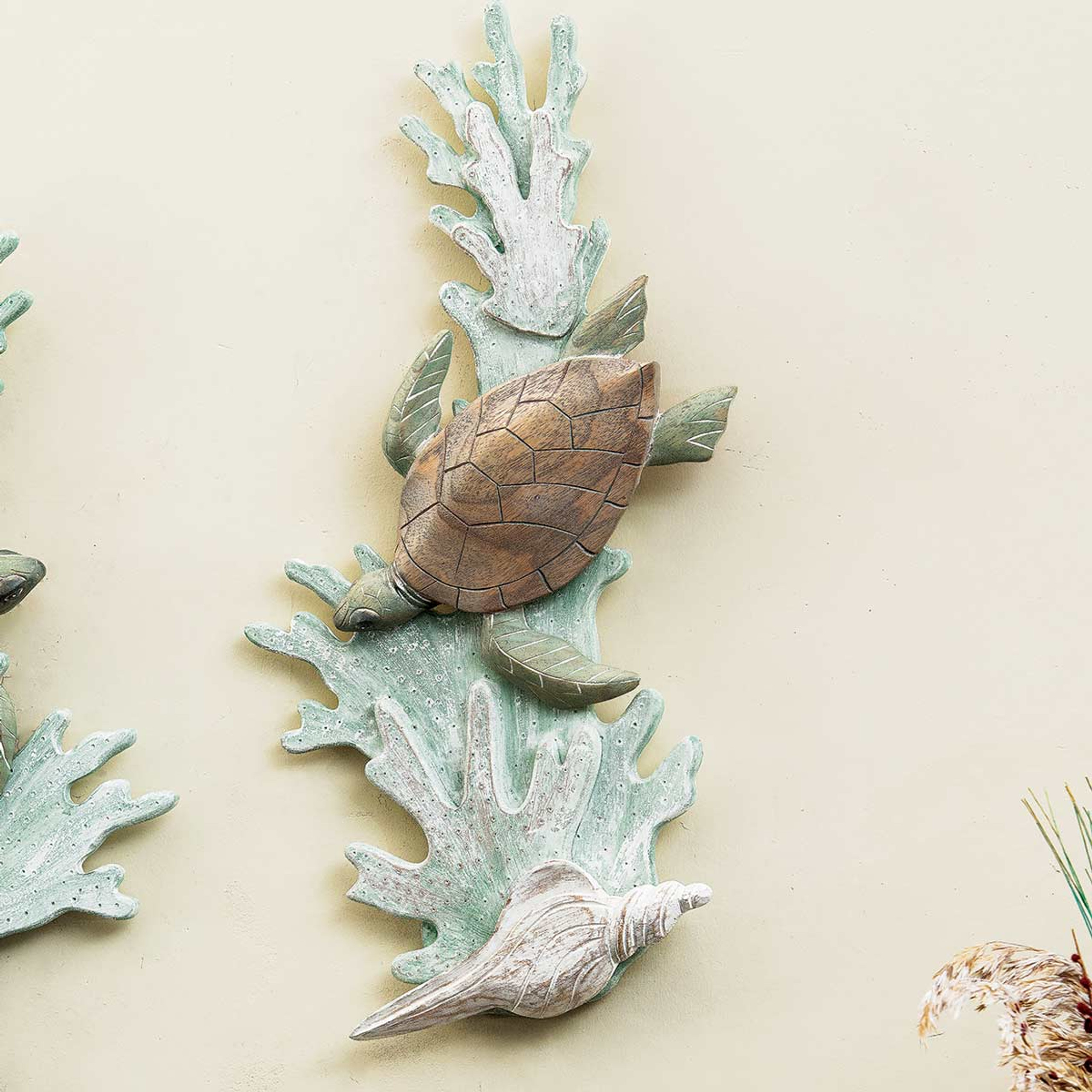

I say manually because I needed to implement the substitution of the nodes myself and I couldn't do it using Gmsh using removeDuplicate and so on (i.e., I didn't know how to do it). > After reading the manual, tutorials and mailing list, the only approached that worked was the next one: having a single closed shell joining 'manually' the nodes in the boundary. > 5) Exporting the mesh to Abaqus/LS-Dyna (whatever software) > 3) Create a volume using a surface loop on both surfaces > 2) Create a 2 discrete surfaces giving the node coordinates and the connectivity of the triangles > 1) Read point clouds and triangulate using Delaunay (scipy.spatial) > My final goal is to create a volume mesh enclosed by two discrete STL surfaces (given by a point cloud). > first of all, thank you for sharing the software with us! I'm a postdoc working (mostly) in optics and I need to reconstruct some free-shape surfaces. > Dear Dr Geuzaine, Dr Remacle, and the Gmsh community, > Can you send the 2 STLs (I don't see them in the zip)? > On, at 16:19, Christophe Geuzaine wrote: > I've added a small example in demos/api showing how I would solve this problem: Info : Creating geometry of discrete surfaces.Įnclosed a zip folder with the updated script Info : Done creating geometry of discrete curves (2e-06 s) Info : Creating geometry of discrete curves. Info : Done classifying surfaces (0.163405 s) Info : Done removing duplicate mesh vertices Info : Removed 255 duplicate mesh vertices Info : 15045 facets in solid 0 Created by Gmsh Now, it raises a "segmentation fault"Įrror but it recognizes the nodes in the boundary and removes the I tried to adapt the previous python script to cope with the geometrical I didn't check this example before sending the previous one. Next message (by thread): Doubt about meshing closed STL shell.Previous message (by thread): Doubt about meshing closed STL shell.Doubt about meshing closed STL shell MA Ariza-Gracia miguel.ariza at


 0 kommentar(er)
0 kommentar(er)
